From Selection to Setup: A Comprehensive Guide to Rabbit Nesting Box
Your complete guide from selecting to setting up the ideal rabbit nesting box. Ensure your bunny's comfort and safety with our expert tips.
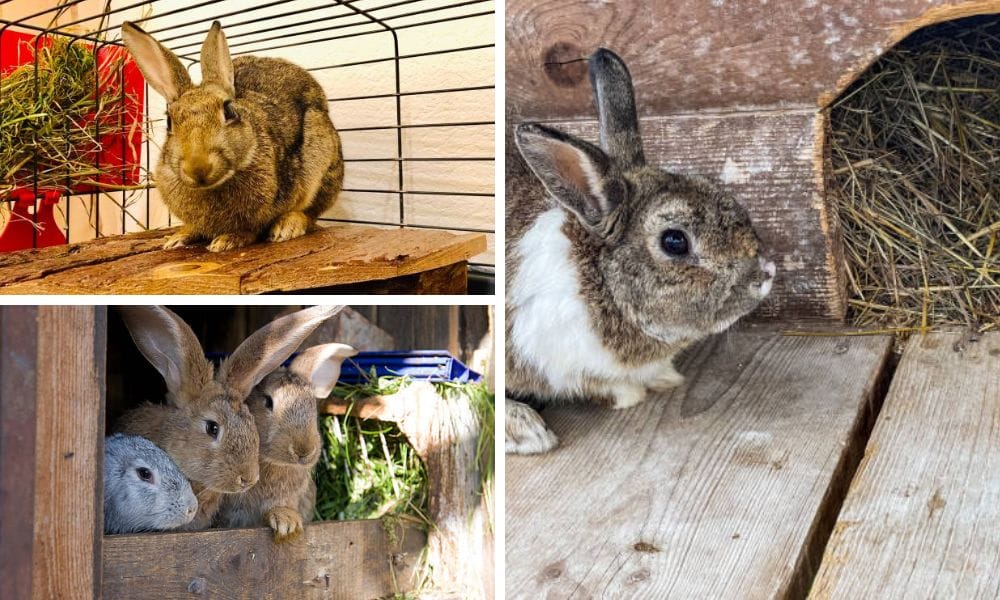
Key Takeaways:
- Understanding the importance of the right rabbit nesting box for the health and comfort of your rabbits.
- Learning how to select, construct, and maintain a nest box that suits your rabbits' needs.
- Tips for ensuring the nest box is safe, warm, and conducive to the well-being of both doe and kits.
Rabbit breeding is a rewarding experience, but it requires attention to detail, especially when it comes to providing a comfortable and safe environment for the doe and her kits. One of the most crucial elements in this process is the rabbit nesting box. This guide will walk you through everything from selecting the right nest box to setting it up and maintaining it for your furry friends.
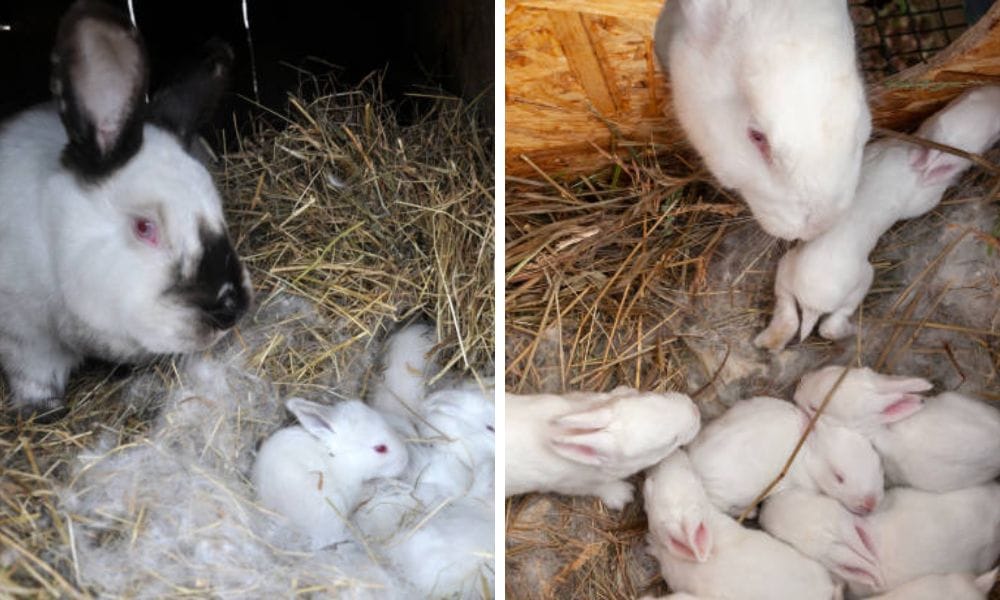
Understanding the Basics of Rabbit Nesting Boxes
A rabbit nesting box, also known as a nest box, is a private space where a doe can give birth and care for her kits. It's essential for the survival of the babies, as it provides a warm and secure environment away from the rest of the cage. The box should be spacious enough for the mom to move around comfortably but cozy enough to keep the kits together for shared body warmth.
Selecting the Right Nest Box
When choosing a nest box, consider the size of your rabbit breed. Meat rabbits, for example, may require larger boxes than smaller breeds. The box should be constructed from quality materials like wood or metal with a plywood base. Ensure that the dimensions of the box allow easy cleaning and have sides high enough to prevent kits from being dragged out or the doe from accidentally stepping on them.
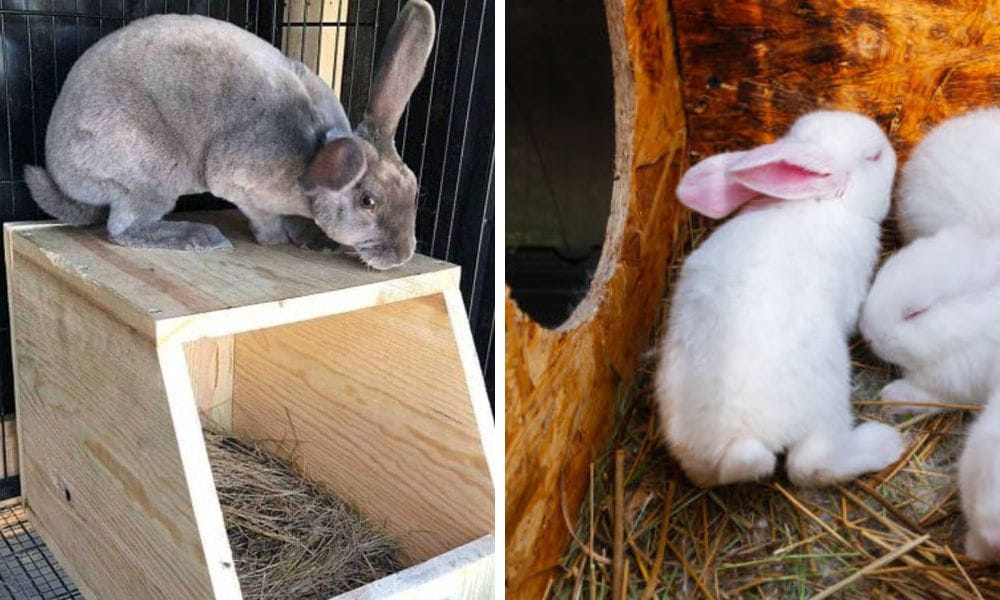
DIY vs. Store-Bought Nest Boxes
You can either build a DIY rabbit nesting box or purchase a pre-made one. If you're handy with tools, constructing your own box can be an amazing project. Use untreated wood to avoid harmful chemicals, and add a lip to the entrance to keep bedding and kits inside. For those less inclined to build, there are plenty of quality nest boxes available for purchase that come with the convenience of being ready to use.
The Importance of Safe Materials
Safety is paramount when it comes to nest boxes. Avoid materials that can harm the rabbits, such as treated wood or sharp edges. Hardware cloth can be used for the bottom of the box for ventilation, but ensure it's covered with a solid floor or shelf to protect the rabbits' feet. The box should be free of any small pieces that could be ingested or cause injury.
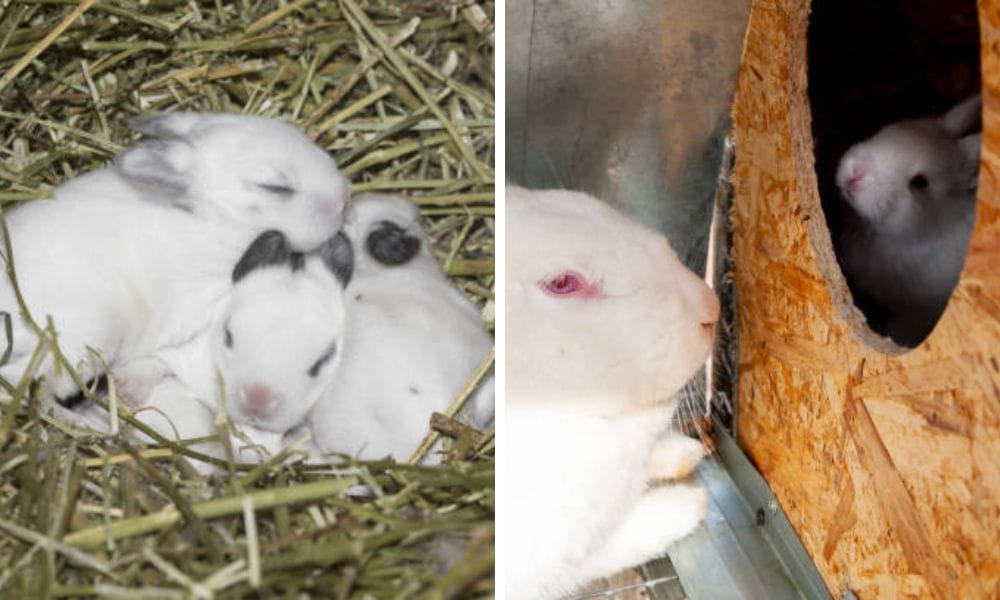
Setting Up Your Nest Box
Once you have your nest box, it's time to set it up in the cage. Attach it securely to prevent it from being tipped over. Line the bottom with straw or wood shavings for insulation and comfort. The nesting material should be replaced regularly to keep the environment clean and dry, especially during the winter months when warmth is crucial.
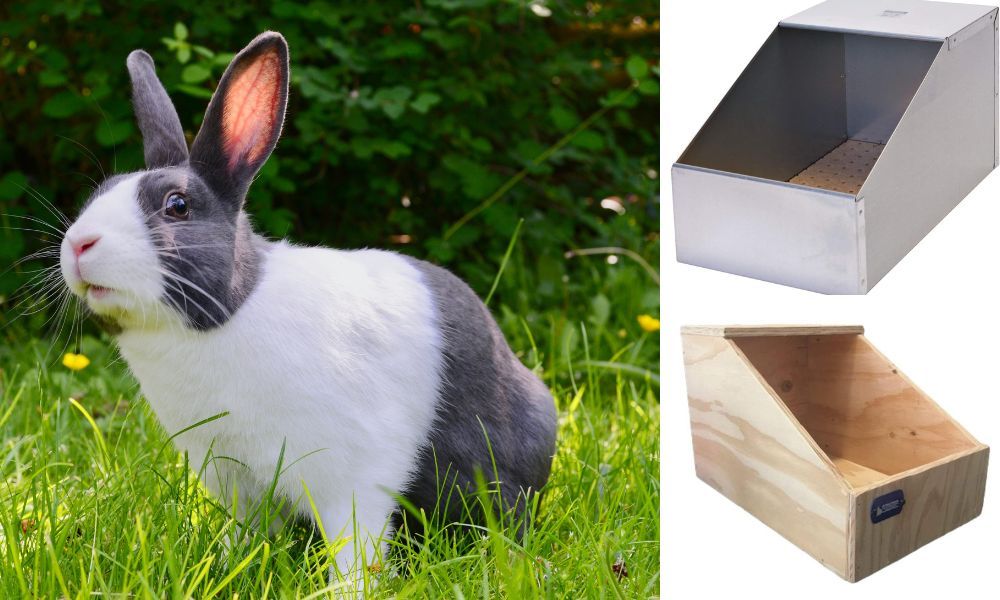
Maintenance and Cleaning
Easy cleaning should be a key feature of your nest box design. Boxes with removable sides or a hinged roof can make the cleaning process less stressful for both you and the rabbits. Regularly remove soiled bedding, and disinfect the box between litters to prevent the spread of disease. In the summer, ensure the box is placed in a shaded area to keep the kits cool.
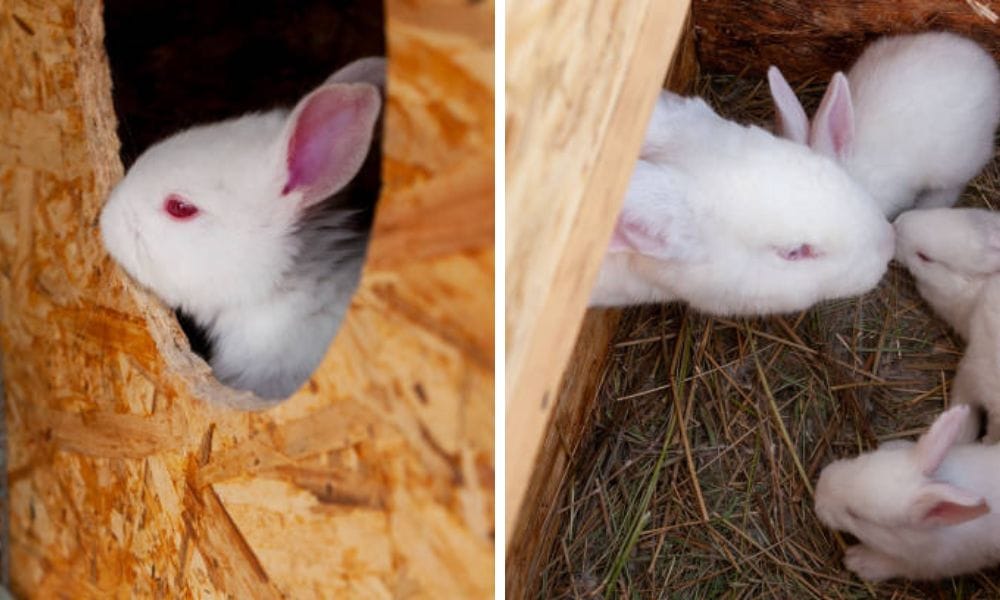
Preparing for the Arrival of Kits
As the breeding date approaches, add a generous layer of hay or straw to the nest box for the doe to arrange as she pleases. This will be her way of preparing a soft, warm bed for her upcoming litter. Monitor the box closely after the kits arrive to ensure they are not exposed to drafts or extreme temperatures.
When to Remove the Nest Box
The nest box should remain with the doe and her kits until the babies are old enough to leave the nest, usually around 4-6 weeks of age. After this time, the box can be removed to give the growing rabbits more space and to encourage them to explore their cage.
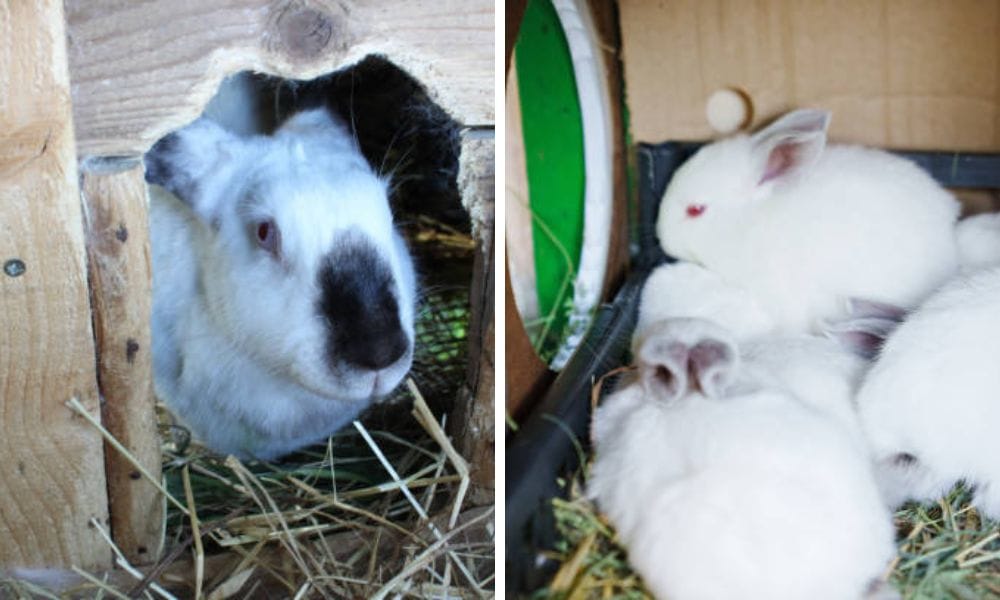
Summary
A rabbit nesting box is a vital component in the breeding process, providing a safe and comfortable space for does to birth and raise their kits. Whether you choose to build your own or purchase a pre-made box, ensure it is made from safe, quality materials and is easy to clean. Proper setup and maintenance of the nest box will contribute to the health and happiness of your rabbit family.
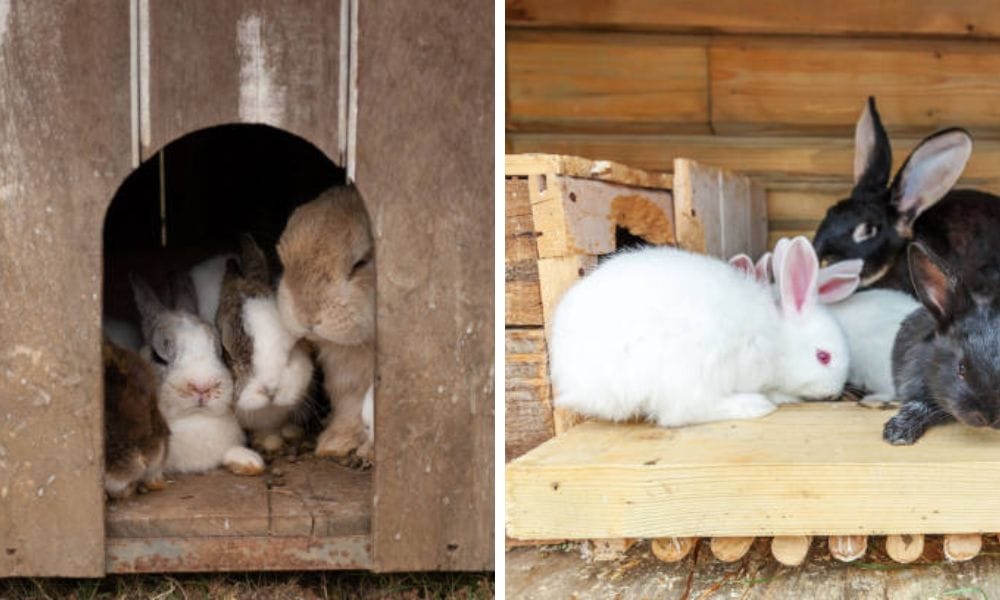
FAQ Section
Q: What size should a rabbit nesting box be? A: The size of the nest box should be appropriate for your breed of rabbit. Generally, the box should be large enough for the doe to turn around comfortably but small enough to keep the kits close together. A typical size for meat rabbits is around 18 inches wide, 10 inches high, and 18 inches deep.
Q: How often should the nesting material be replaced? A: The nesting material should be replaced whenever it becomes soiled or wet. This could be as often as every few days in the first weeks after the kits are born. Regular replacement ensures a clean and disease-free environment for the rabbits.
Q: When should I put the nest box in the cage? A: The nest box should be introduced to the cage about a week before the doe is expected to give birth. This gives her time to get accustomed to the box and start arranging the nesting material to her liking.

